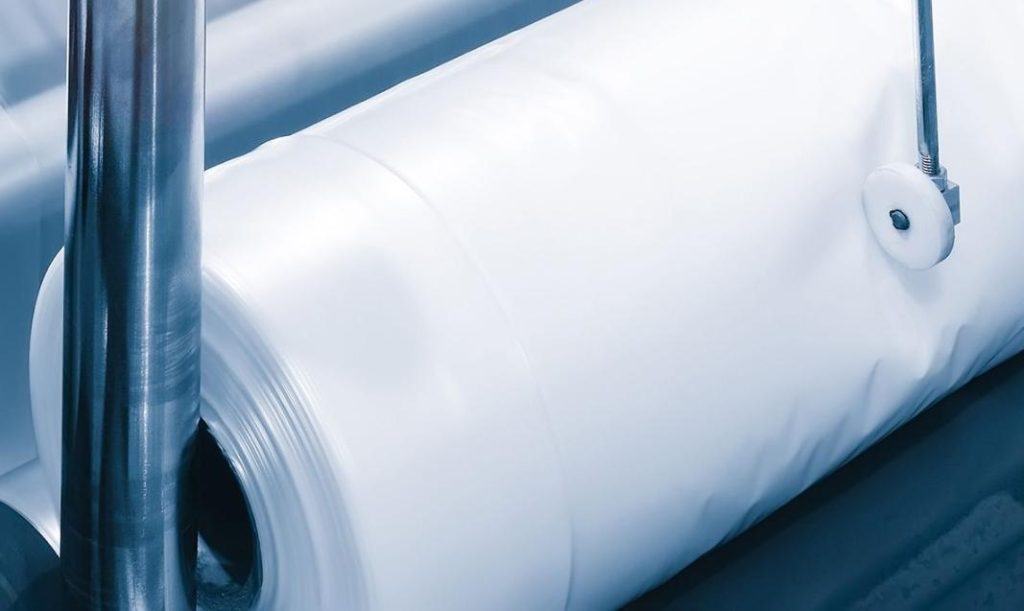Selecting the appropriate material for your project can be challenging, especially when faced with similar-sounding options like polyethylene sheeting and polypropylene. Both materials offer durability and versatility, but they serve distinct purposes depending on your specific requirements. Understanding their properties can help you make an informed decision.
What is Polyethylene Sheeting?
It is a popular material known for its flexibility, chemical resistance, and weatherproofing capabilities. It is widely used in construction, agriculture, and packaging due to its ability to provide a reliable barrier against moisture and debris. This type of plastic is lightweight yet robust, making it ideal for temporary covers, liners, and insulation applications.
Additionally, polyethylene sheeting is recyclable, which makes it a more environmentally friendly choice for certain uses. However, its relatively low melting point limits its suitability for high-temperature environments.
What is Polypropylene?
Polypropylene, on the other hand, is a thermoplastic polymer that is stiffer and more heat-resistant than polyethylene. This material is commonly used in applications requiring durability under stress, such as automotive parts, reusable containers, and industrial fibres. Its ability to withstand higher temperatures makes it suitable for environments where heat exposure is a concern.
Unlike polyethylene, polypropylene is less flexible, but its strength and resistance to fatigue make it the preferred choice for long-term applications. Additionally, it is resistant to most acids and bases, which adds to its versatility.
Key Differences Between Polyethylene Sheeting and Polypropylene
When deciding between these materials, it’s essential to consider the unique qualities of each:
- Flexibility: It is more flexible, making it easier to work with in applications requiring malleability.
- Temperature Resistance: Polypropylene can withstand higher temperatures, making it better suited for heat-intensive uses.
- Durability: While both materials are durable, polypropylene’s stiffness gives it an edge for structural applications.
- Recyclability: Both materials are recyclable, but local recycling capabilities may vary.
Which Material Should You Choose?
Your choice depends on your project’s specific needs. For temporary coverings, agricultural use, or moisture barriers, poly sheeting is often the better option. However, if your application requires higher heat resistance or greater structural strength, polypropylene is likely the more suitable choice.
Understanding the properties of polyethylene sheeting and polypropylene is key to making the right decision. By assessing your project’s requirements, you can select the material that offers optimal performance and efficiency.

